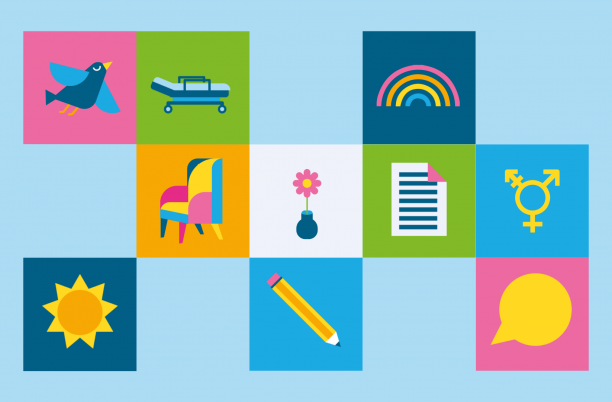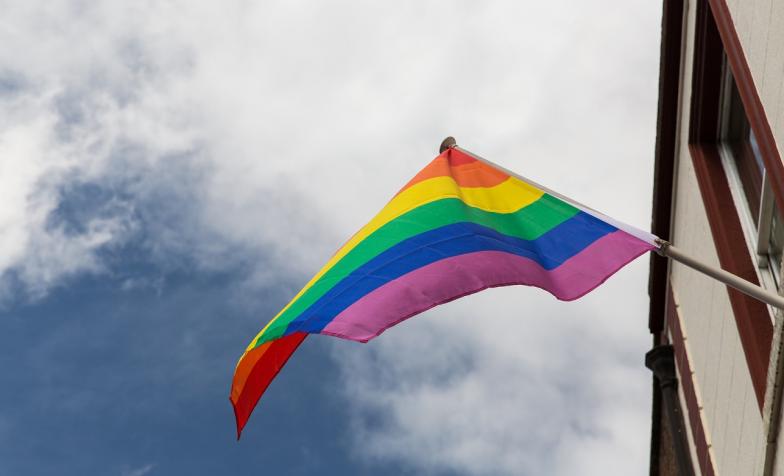

Trans and gender-diverse people frequently experience inequitable access to health and care services, and the same is true for care at the end of life.
This report uses real-world experience to highlight the needs of these communities, and sets out recommendations for what hospices and palliative care professionals can do to make end of life care more equitable and accessible for everyone.
View the report as a .pdf file.
A plain text version of the report is available.
A Welsh language version of the Executive Summary and Recommendations is also available.
If you find this report inaccessible, please email our Policy team who will be pleased to help.
About the report
People who are trans and gender diverse deserve palliative and end of life care as much as anyone else. We have a legal duty to improve care both from the Health and Care Act 2022 and the Equality Act 2010, as well as a moral duty to improve palliative care for all.
This report highlights the perspectives and experiences of trans and gender diverse people and the people close to them. It includes insight from LGBTQ+ organisations and more than a hundred individuals working in palliative and end of life care.
Statement on 2025 Supreme Court ruling on gender and single sex spaces
Hospice UK acknowledges the recent Supreme Court ruling on gender and single-sex spaces, and recognises the uncertainty this has created - particularly for trans and gender diverse communities, as well as the services, staff and volunteers who support them.
Being Ready – a project in partnership with GIRES
‘Being Ready’ is a project researching trans and gender diverse experiences of dying, death and bereavement. It is led by GIRES, who are working to create evidence-based training for professionals working in the sector.
We partnered with GIRES and Stonewall on the ‘Being Ready’ project. As part of this, we conducted a survey to hear directly from trans and gender diverse people, and better understand their experiences. The findings of this research can be found in the report, I just want to be me.
Find out more about the ‘Being Ready’ project.
A note on language
Throughout this report we use the terminology “trans and gender diverse”. We understand there are many different views on which terminology is the best to use, and that different people choose to use different terminology to refer to themselves.
Our definition of “trans” includes anyone whose gender, lack of gender, or genders is not the same as, or does not sit fully with, the gender they were assigned at birth.
“Gender diverse” includes genders outside of western binary models, as well as anyone whose gender, lack of gender, or changing sense of gender is not always the same as the gender they were assumed to be at birth.
Find out more about the terminology we use.
Key points
In the report, we have made key recommendations about what government, health and social care leaders, hospices and other palliative care providers can do to make end of life care more equal and accessible for everyone.
We also share some practical tips for those who are caring for trans and gender diverse people. These include:
- Don’t assume that someone’s next of kin will be a blood relation or official spouse.
- Use neutral language (they/them pronouns, ‘partner’) until you are sure how someone identifies.
- Only ask about someone’s gender or transition when it is necessary to the healthcare being provided.
- Don’t make assumptions about what clothing someone will be comfortable in. Where there are gendered options, ask the patient what they would prefer.
- Visibly display your commitment to providing a trans and gender diverse inclusive service, for example by wearing a trans-inclusive pride pin-badge.

